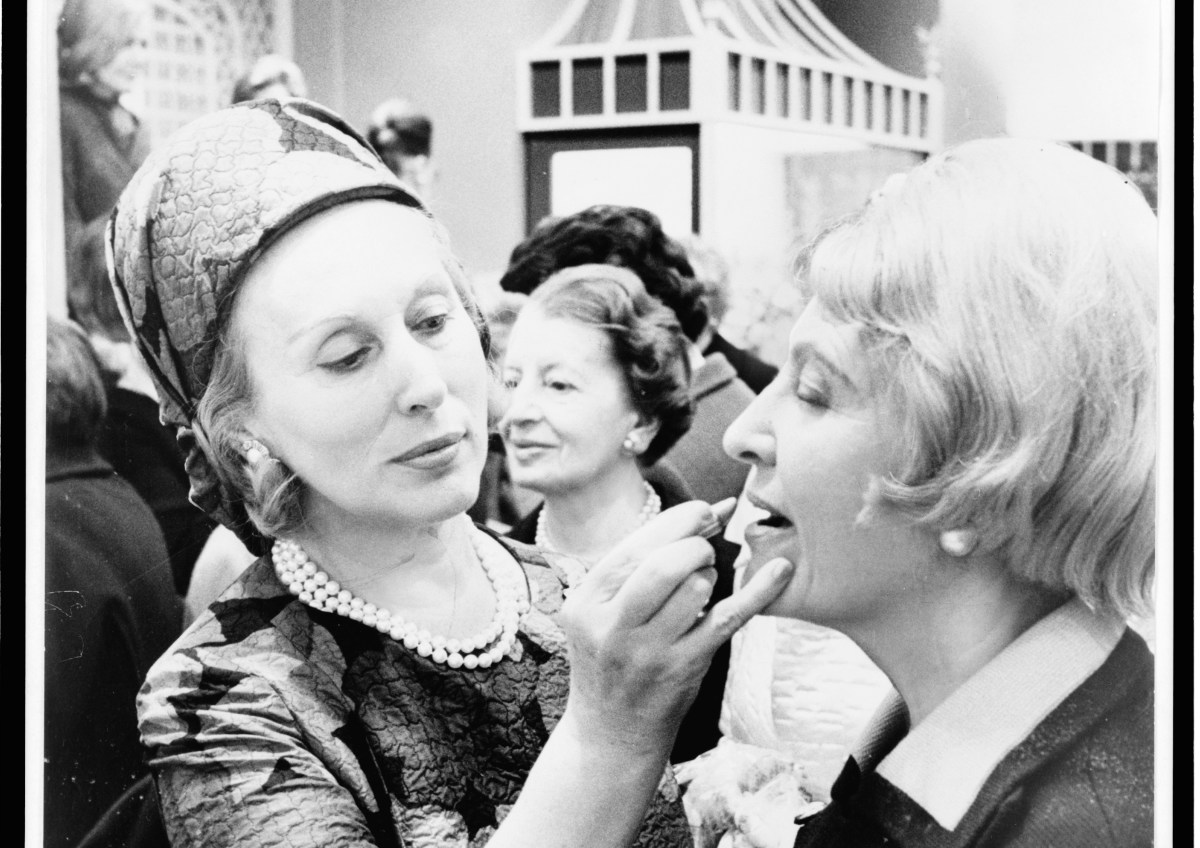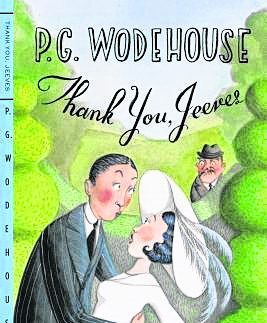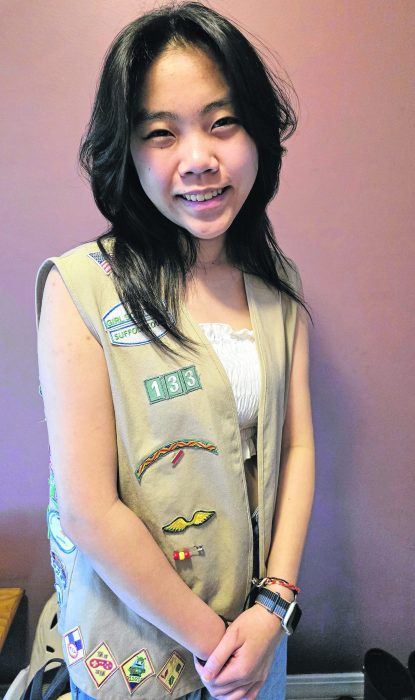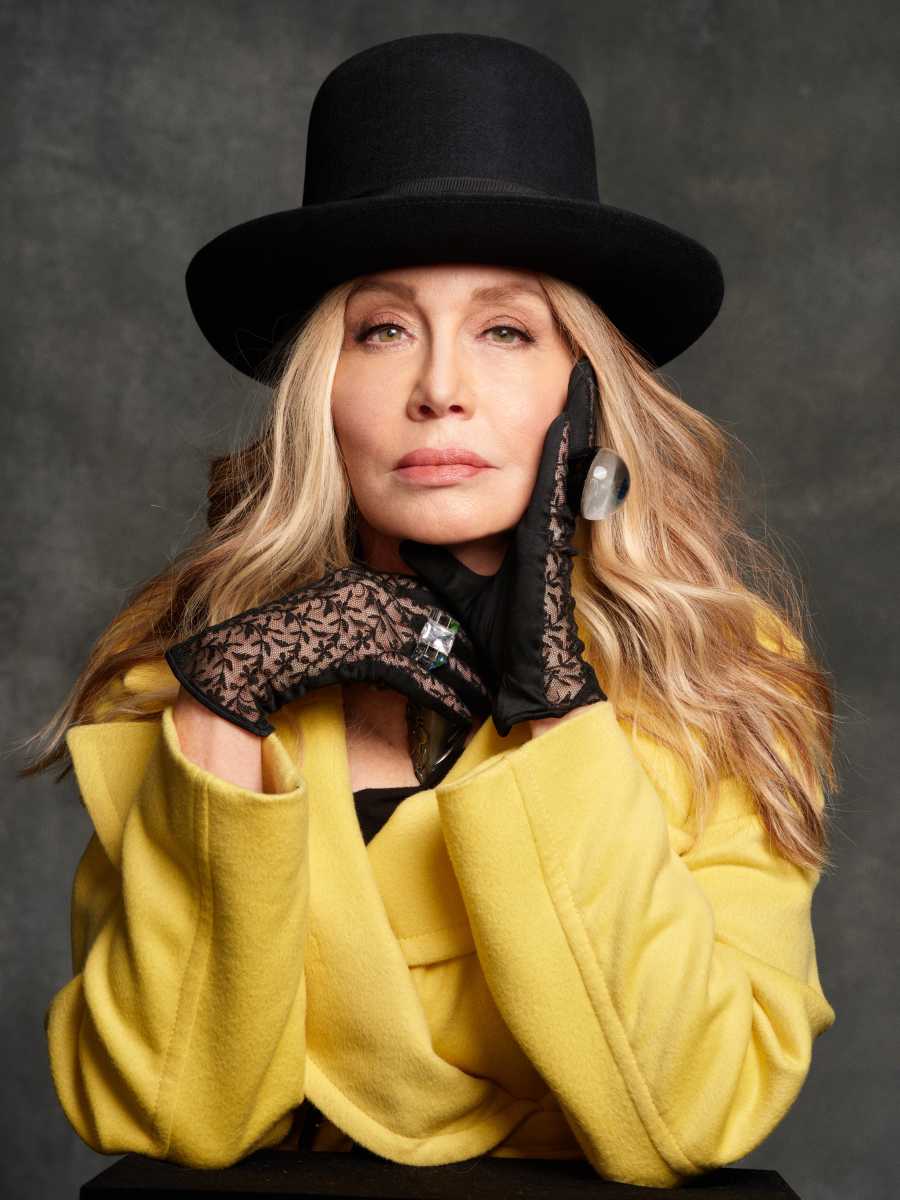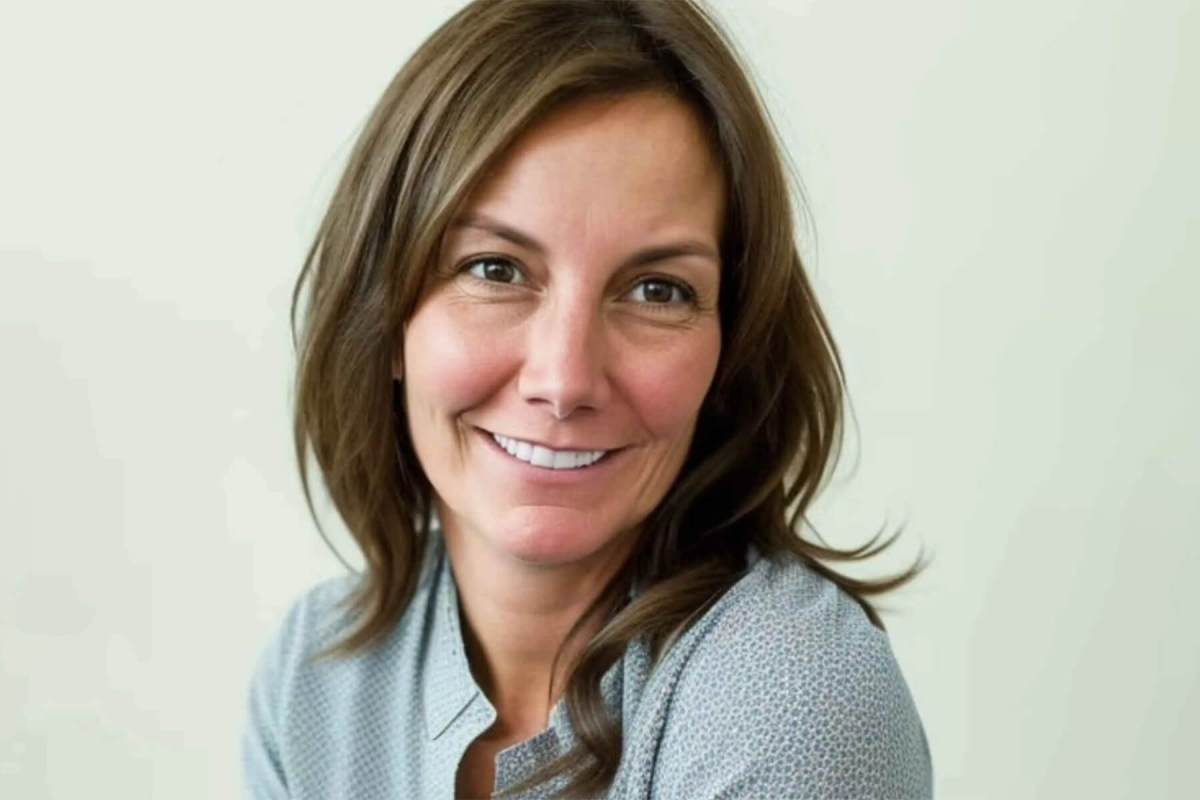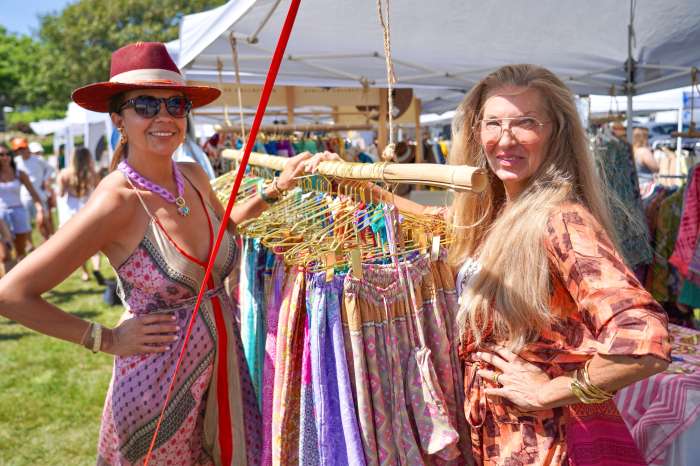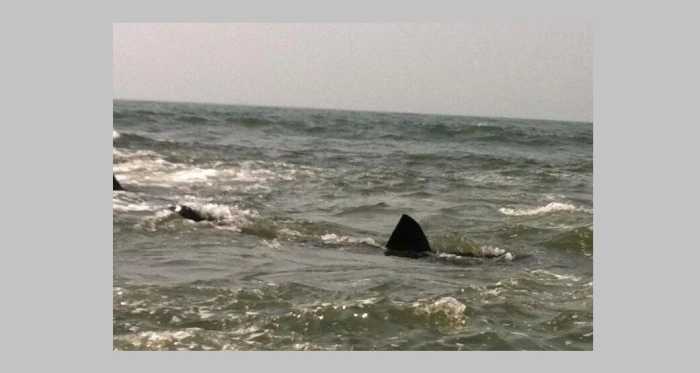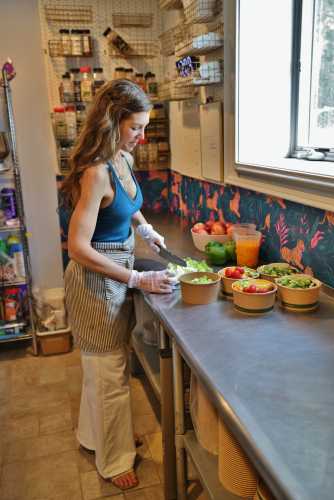It’s the 1930s. You’re a woman having your hair done at a salon, sitting under a bulky contraption that’s blowing warm air on your wet head. In those pre-handheld dryer times, the hooded device was the only way to dry your locks. You have to sit there, thumbing through movie magazines or chatting with other women hoping their hair dries before boredom sets in.
Enter an enterprising young woman bearing intriguing wares. As the dryers whir and hum, she deftly dabs cream on your face. She is in her element, believing that touching the consumer and explaining the flattering results make the sale.
Not bad for someone who skipped college to whip up skin creams in a stable.
QUEENS’ QUEEN OF BEAUTY
That woman was Estée Lauder, a pioneering beauty industry titan who revolutionized how cosmetics were marketed and sold. Her motto? “Never underestimate any woman’s desire for beauty.”
Josephine Esther Mentzer lived a rags-to-riches American dream. She was born at home to Eastern European Jewish immigrant parents in Corona, Queens, around 1906. Her Hungarian mother Rose Mentzer was fascinated by beauty regimens, buying the largest jars of hand lotion, visiting spas, and protecting herself from the sun with gloves or a black parasol. “Esty” (later “Estée”) worked with her siblings to help make ends meet in the hardware store owned by their Czech father Max Mentzer. A petite blonde with fine skin, she always tried to look her best.
In 1924, when she was attending Newtown High School in Elmhurst, her Hungarian uncle John Schotz moved in with the family. A trained chemist, he created an array of concoctions, from freckle remover and embalming fluid to velvety smooth lotions, in the kitchen and in a stable out back. His niece was hooked, learning how to make creams and apply them.
She married Joseph Lauder in 1930 and while raising her toddler son Joseph, built a business through personal demos. She possessed the ability to waltz into salons, smear creams and makeup on a woman’s face or wrist, tell her that the products gave her “a gentle glow,” and nail the sale.
JARS OF HOPE
Her chutzpah. Moxie. Gall. All led to the 1946 company launch of just four products. The couple manufactured them in the kitchen of a former restaurant, cooking and bottling products by night and selling them by day. Leonard stayed away from what he labeled “fiddling with other people’s faces” and handled the finances and production.
In 1947, Saks Fifth Avenue ordered $800 worth of products; they sold out in two days. “We were selling jars of hope,” she later recalled.
She upended traditional marketing techniques by giving away samples and, especially, by promotions that created the “gift with purchase” concept. Her son Leonard wrote in his memoir The Company I Keep: My Life in Beauty how she once interrupted a Salvation Army sister’s bell-ringing, saying she could help her skin look and feel fresher because “There’s no excuse for looking untidy.”
The empire builder trained women at sales counters and salons, teaching them to convey her philosophy that her products would help customers feel young. She knew what women wanted.
MOVING UP
In 1967, the first manufacturing site opened in Melville in Suffolk County, Long Island. The company added fragrance and haircare products to its lines and garnered as much attention as commerce giants including Carnegie, Rockefeller, and Disney. She hobnobbed with the Duchess of Windsor, Princess Grace of Monaco, Nancy Reagan, and other celebrities.
Lindy Woodhead wrote in The Telegraph in 1973 that meeting Lauder was like being in the presence of royalty: “Small, with orange-tinted hair, wearing bright blue crêpe de chine that matched her chlorine-blue eyes, she swept me up in the aura of her personality.”
Lauder became the world’s wealthiest self-made woman and kept going to work every day until her mid-80s. But she never forgot her family, buying vacation property in Wainscott in East Hampton to be close to her children and grandchildren, who lived nearby and helped run the business.
Her granddaughter Aerin Lauder Zinterhofer, who inherited the Wainscott home, told Harper’s Bazaar Arabia “how incredible it was … to have this passion and dream, and to create something out of nothing at a time when most women were not working.”
Today, the company still leads the beauty industry, selling products in 150 countries and territories under brand names including Estée Lauder, Aramis (for men), Clinique, Origins, DKNY, Aveda, and others. Her company employs 48,000 people worldwide and the family’s net worth is $40 billion.
Estée Lauder died at age 97 in 2004 in Manhattan.
Sign up for Long Island Press’ email newsletters here. Sign up for home delivery of Long Island Press here. Sign up for discounts by becoming a Long Island Press community partner here.




